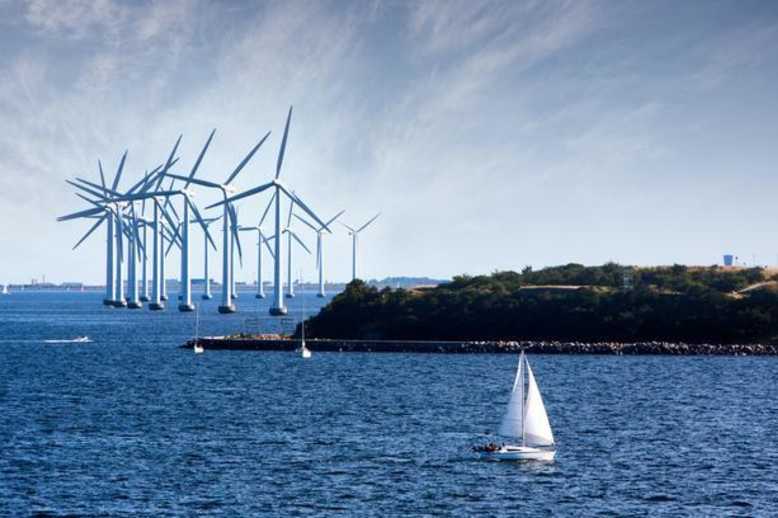The European Union has adopted new renewable energy targets for 2030. Against all odds, in less than 16 months, the representatives of the 28 European Union member states have managed to devise the changes they wish to introduce in the legislative proposals issued by the European Commission in November 2016. These proposals, titled “Clean Energy Package”, draw the new framework applicable until 2030 for the entire energy sector.
Given the available natural resources in the EU, most projections show that a target of 35% renewable energy sources (RES) in final consumption would result in a share of 60 to 65% of renewable electricity production. Such a share of electricity of renewable origin requires a massive use of wind, particularly offshore, and photovoltaic generation. These, in turn, require a substantial reinforcement of the networks, as well as the development of flexibility tools, in order to mitigate the variability of the wind and the sun. However, many studies clearly state that it does not take these costs into account.
Beyond the economic aspects, the stakes are high. Geopolitical considerations and the EU’s total external energy bill, which is close to one billion euros a day, clearly advocate for strengthening the share of RES, and so does the prospect of enhancing the initial commitments made under the Paris Agreement. Yet, on a technical level, it is certainly necessary to make further progress in the fields of electricity storage, though there is really no major obstacle to this progress. The key to success probably lies in the pace of change.
The first of the support schemes to be planned pertains to the cohesion of the EU. In the case of wind and solar, the average levelized cost of energy (LCOE) conceals large disparities, since the cost of capital exerts a determining influence in the calculation; yet it varies from simple to double between certain countries of Western Europe and various countries of Eastern or Southern Europe. The European Investment Bank (EIB) is already offering a large set of financial products to promoters of renewable energy projects, be they large or small projects, and these also have access to the European Fund for Strategic Investment running until 2020.
A second support scheme relates social cohesion. Impact assessments anticipate that a 30% RES target will result in the closure of more than 150 gigawatts (GW) of conventional power capacity, or 27% of the fleet in service in 2015. The Commission is well aware of the challenge on how to convert the entire aid off workforce into new jobs related to the energy transition. The Commission also admits that in the same period, the cost of the “energy system” will increase. As the cost of the energy system increases, policies designed to alleviate fuel poverty will weigh more on the State budget or on solidarity mechanisms between consumers, and consequently reduce the purchasing power of citizens who do not benefit from these policies.
Because of numerous uncertainties, a good mix between binding objectives and simple obligations of means, a flexibility of execution left to the States and a role of facilitator devolved to the Commission offers the best guarantee of success. Finally, an ambition that is too high can turn into a boon for foreign resources and equipment suppliers. The target of 34% for RES will lead the EU to increase wood imports for its biomass plants and biofuels for its vehicles. The reliance on imports will also grow in regards to critical raw materials.
‘More Renewables in the European Union? Yes, We Can’ – Editorial by Michel Cruciani – Institut français des relations internationales / IFRI.




